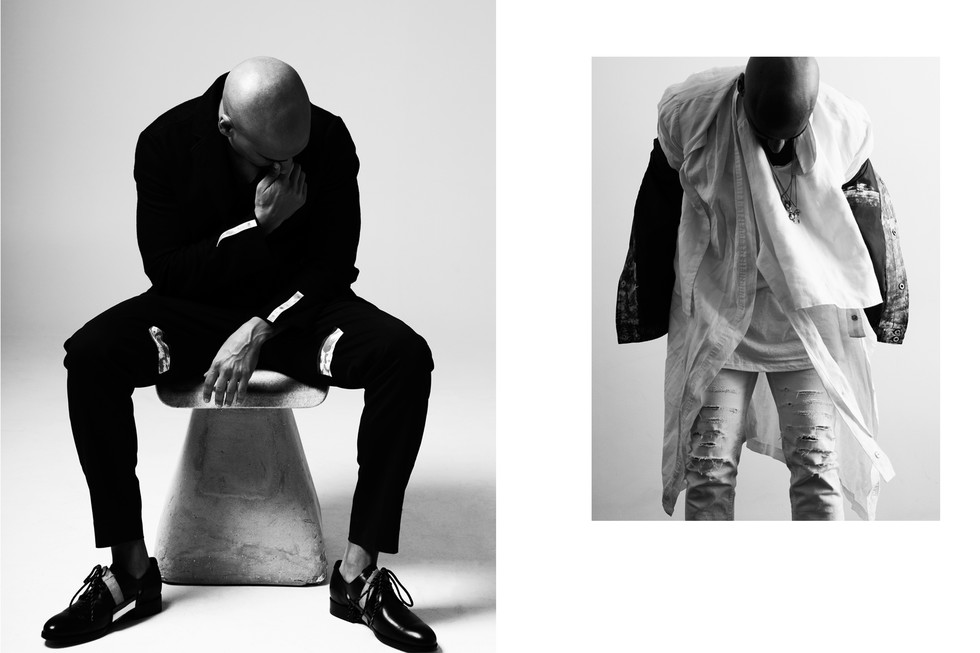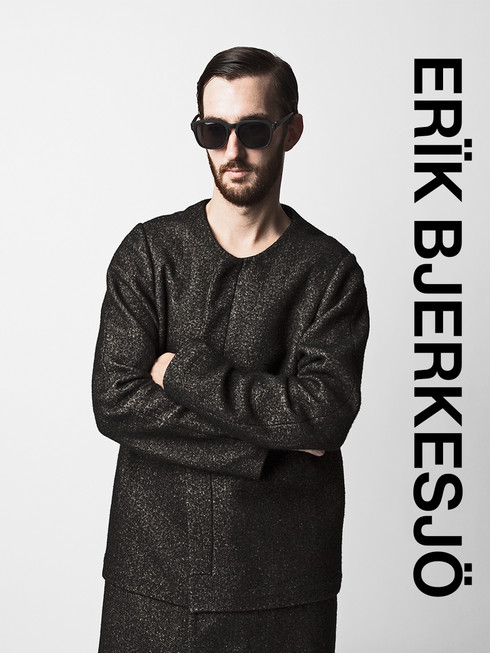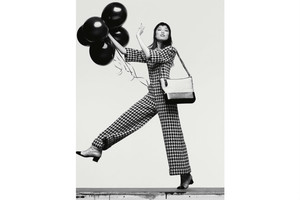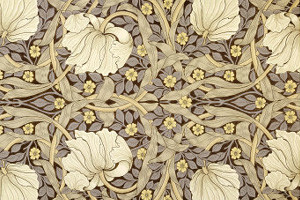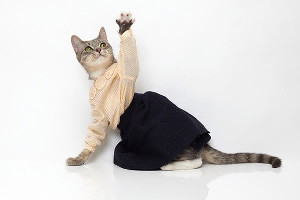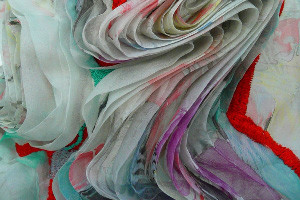An interview with Eshraque Mughal
Written by Weronika Pérez Borjas by Michaela WidergrenHow much do you know about hip hop? We need somebody to interview iSHi, an artist and producer who just came out with a new song with Pusha T.- these short lines from Odalisque pop up in my inbox and make me both eager and slightly concerned. The only thing I surely know about hip hop is that I will mispronounce the names of most of the singers. And interviewing iSHi I would certainly have a pile of very important names to mix up.
Eshraque Mughal, Swedish music producer and songwriter performing under the mysterious name, has until now, taken the lists with his collaborations with such figures as Usher, Ne-Yo, Shakira, Rihanna, Lupe Fiasco, Tinie Tempah, Avicii, Sebastian Ingrosso and many more. Growing up in Stockholm and producing his first acts at the tender age of 17, iSHi gained worldwide recognition and set off to continue his career in the UK and US.
I get down to my research about iSHi a bit shaky and check out his newest video: ‘’Push it’’, directed by Alex Wessely with the powerful voice of Pusha T.. Suddenly I understand it all. A cold tornado of swirling snowflakes, burning roses and underwater ballerinas washes down all my uncertainty and when I call iSHi, I just want to say how much I love the music and the stunning visuals.
WPB: Hi iSHi! You have just hypnotised me with your extremely graphic vision. I still cannot get these scenes out of my head… How much influence did you personally have on the way “Push it” looks?
EM: Everything you can see on the screen is the effect of my tight collaboration with Alex. When I met him, the first thing I said was that my music is extreme and that we need to create equally sick visuals. ‘’Push it’’ is quite different from what you can usually see. I can be very picky when it comes to my concept. I want it all to be coherent and thought through. I would never make a hip hop video with the singer dancing in a night club full of chicks. We’ve all seen that way too many times.
Alex and I have actually started our own production company, and after we have done some more stuff for my personal project, we want to start collaborating with other artists. I feel there is a great response both from the public and other musicians towards our kind of imagery. I was actually in the studio with Rihanna when the final version had come out and she was the first person watching it. I was extremely happy to see her reaction. It was exactly how I wanted it to be!
WPB: You have kidnapped Pusha T into a Nordic realm of white wolves, snow and freezing water, why did you choose to concentrate on this northern imagery?
EM: I am so extremely proud and in love with all that we do here in the North and especially in Sweden. We have a unique way about all we do, be it music, arts, or clothes. I haven’t seen Swedish hip hop celebrating this Nordic element in this way yet, so it was important for me to bring it up. I often tell my friends that are complaining about how cold and dark it is here, that they should be grateful for the real seasons. There is something indefinable here that makes so many artist successful in the world. I sometimes think that the harsh weather is actually beneficial for the creativity. I mean, when it is dark and cold you just want to sit in the studio; you don’t care about going out. In LA I felt I could be losing my drive because of so much sun and distraction.
There is something extreme and romantic with the snow and white dogs. At first we were searching for real white wolves, but we soon realize they are too rare and dangerous too. We found an albino shepherds’ breeder who helped us out. The dogs had been with us 6 or 7 times during the filming process, so they became much more than just a video detail for us. We have tested a lot of ideas before we got what we really wanted. We tested different way of burning the roses; we tested girls’ feel … (laughs)
WPB: Exactly, the flaming roses, what do they symbolise?
EM: It all started when we were filming Pusha T in New York. He had an excellent stylist, Marcus, who brought some very interesting outfits to the set. We finally went with a jacket with a huge rose on it. Since we wanted to have a lot of recurring motives in the video, we starting playing with flowers and fire.
WPB: You seem to be equally extreme as your fantasy- ‘’Push it’’ is the first video where you show your face and you even have your own, unique scene as a dark rider in the end of the song…
EM: The whole concept and also my character is developed in the series of four videos we made for my EP, which will be out on the first of May. We have also created a short movie entitled ‘’Spring Pieces’’, which, together with the videos makes the whole puzzle complete.
I want people to identify me more and more and understand me as a whole. That is why I am starting to act in my videos. I want them to recognize my style, even later, when I collaborate with other artists. I want them to feel: this is such an iSHi song.
My character and the pictures are a direct extension of what’s happening in my head. Nothing is just a pose. It is me, iSHi, the wanderer, the one that is on a journey, on a way towards something better, bigger or simply new. A new music, new trend, new time, new epoch. When I made ‘’Push it’’ I felt quite fed up with all the rules and principles one should follow. I wanted to do something genuine and honest.
WPB: I know that you are even planning to go into fashion. What can we expect from your first collection?
EM: It will consist of two major parts. The first one will be mostly comfortable street style that I often wear myself: ripped jeans, bomber jackets, big hoodies, with a lot of layers that you can put on everywhere you go- on the street, in the studio, at the gym.
The other part is a collaboration with the Swedish designer Erik Bjerkesjö. This one will be much more extravagant pieces that I can wear when I go live.
Since I have started my own project, I have become much more sensitive to the aesthetics and started following runaways, blogs and trends. My personal fashion is a good mix of everything. I love such designers as Damir Doma, Maison Margiela, Comme des Garçons, Alexander McQueen, but I can add it to some Acne Studios or Nike. I also make my own fashion discoveries, such as Horisaki from Småland, an amazing hat designer I found online.
WPB: What is a real ’’push it’’ for you right now- what are your plans and collaborations dreams?
EM: If it comes to big collaborations, I would love to work with such legends as Kanye West and Jay Z. But I am not limiting myself to hip hop. I can see myself working for Daft Punk, Justice or even Elton John.
I simply do iSHi music. Many of my friends are surprised when they visit me at home. I listen just to jazz and lounge music privately. Everything can inspire me, everything can be thrown into one mixer and come as a new genre, not just rock, reggae or dub step but a unique quality, led by a read thread.
But right now I am simply looking forward to seeing how people enjoy my music. The EP with 12 new songs, 4 videos and a short movie is just on the way. And it is absolutely not just about hip hop. It is so much more.



